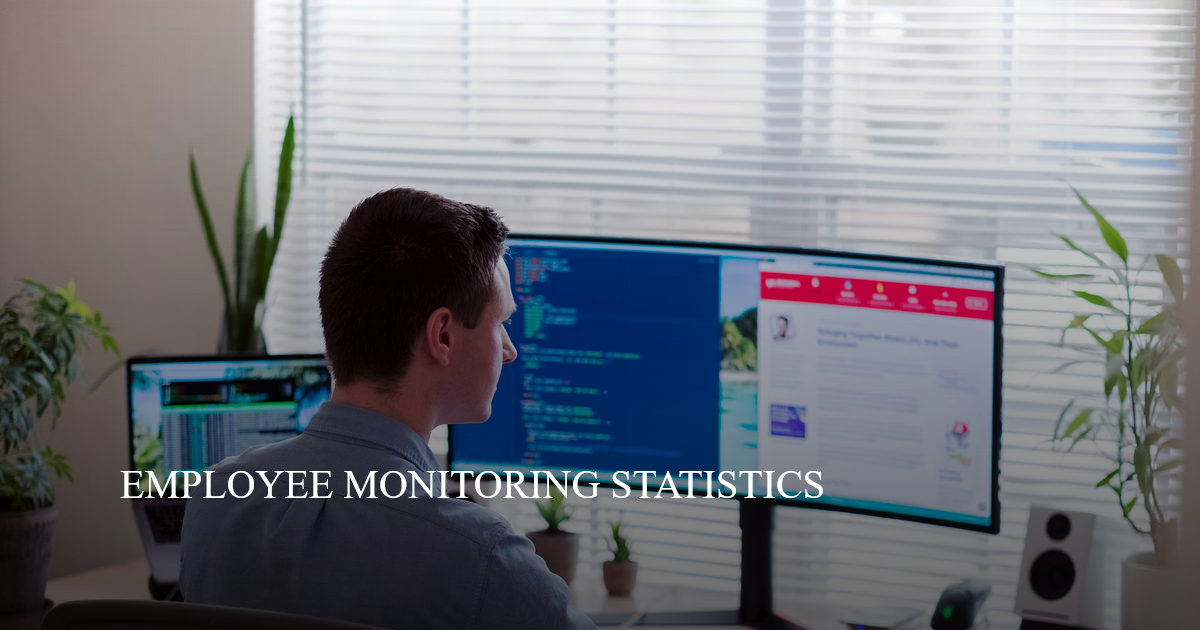Research Summary: While all businesses would like to believe that they’re all bias-free when it comes to hiring, the truth is that biases still run rampant throughout the process. Women and people of color often face more challenges during the job application process, especially due to hiring bias.
This, among other reasons, is why blind hiring can be so important. To find out more about the most prominent hiring biases, blind hiring, and how these things affect the workplace, here are some crucial insights our research uncovered:
-
Blind hiring increases the likelihood that women will be hired by 25-46%.
-
White-sounding names on resumes get 50% more call-backs for interviews than Black-sounding names.
-
48% of HR managers admit bias affects their candidate choice.
-
Women applicants are 30% less likely to receive a call-back for an interview.
For further analysis, we broke down the data in the following ways: Hiring Manager Opinions | Blind Hiring + Solutions to Bias
Hiring Bias by Demographics
Demographics is one of the biggest factors in hiring bias. From the sound of someone’s name to something as simple as their height, here are some interesting facts about demographics and hiring bias:
-
Chinese, Pakistani, and Indian-sounding names get 28% fewer callbacks than White-sounding names.
Even when employers are faced with just the name of an applicant, bias is still involved. The situation is even worse for applicants with Black-sounding names, who are called back 50% less.
-
58% of Fortune 500 CEOs are 6 feet tall or more.
Only 14.5% of all men are over 6 feet tall, but CEOs are 4x more likely than average to be 6 feet tall or more.
-
60% of females believe gender stereotypes in the recruitment process are a barrier to hiring.
As an example of how gender stereotypes affect the recruitment process, women are 79x more likely to be hired when at least two other women are on the shortlist.
-
Older applicants get 68% fewer responses than younger applicants.
The older applicants get, the more hiring bias they face. Applicants between 64 to 66 are most affected, having even fewer responses than those between 49 to 51.
-
Only 20% of typical applicants who get through resume screening are not white, male, or went to an elite school.
However, when blind hiring is used, a whopping 60% of applicants who don’t fit into that box make it through. That means blind hiring makes bias 3x less likely.
Hiring Manager Opinions on Bias
More and more hiring managers are thinking about hiring bias and trying to prevent it, but avoiding biases is easier said than done. For example, here are some examples of manager opinions:
-
74% of CEOs are focused on hiring the best talent, regardless of demographics or geography.
As CEOs have been faced with the undeniable evidence of hiring bias, nearly three-fourths have now decided to reduce it. More CEOs and hiring managers are now using blind hiring as a way to do this.
-
Between 85% and 97% of hiring managers rely on intuition.
Relying on a “gut feeling” can be great for candidates who might have less experience but a great personality, but it isn’t so great for regulating hiring bias. For example, if a hiring manager has a subconscious bias toward certain demographics, relying on their intuition will likely result in biased results.
-
42% of talent acquisition professionals say hiring bias is the main reason interviews fail.
The fact is that 48% of hiring managers admit to having bias, and this can have a detrimental effect on many applicants’ interviews.
-
51.6% of hiring managers support the idea of blind hiring.
More specifically, 8.8% strongly support the practice and 42.8% somewhat support. Meanwhile, 32% of hiring managers disagree with the practice.
Share of Hiring Managers That Support Blind Hiring
Level of support Share of hiring managers Strongly support 8.8% Support 42.8% Don’t support 32.0% Strongly opposed 16.4%
Blind Hiring and Solutions to Hiring Bias
Blind hiring is one of the best solutions for avoiding hiring bias, but there are other ways companies are attempting to mitigate the problem. To dive deeper into potential solutions, here are some interesting facts:
-
53% of Fortune 500 companies now have Chief Diversity Officers (CDOs).
A CDO’s job is to help encourage and regulate diversity in the workplace. Companies with diversity as a result of CDOs have better profitability.
For example, companies in the top quartile for gender diversity are 25% more likely to have good profitability, while those in the top quartile of ethnic and cultural diversity are 36% more likely to have good profitability.
-
Job posts with gender-neutral words get 42% more applicants.
Keeping postings gender-neutral is a proven method of increasing the volume of applicants. This is because men and women feel more comfortable applying to a job when one gender isn’t specifically targeted.
-
HSBC, Deloitte, BBC, and Google all use blind hiring.
And it’s paid off. For example, Google is within the top 10% of companies for diversity, and the other companies also have improved their rankings.
Hiring Bias FAQ
-
What are examples of bias in hiring?
There are over ten common examples of hiring bias you might experience during the application process. In order to identify and avoid hiring bias, here are some of the prime examples of hiring bias:
-
First impression error: When a candidate’s appearance, clothing, handshake, or tone of voice immediately affects how the hiring manager sees them. From then on, the hiring manager spends the rest of the application process trying to confirm these first impressions.
-
Groupthink: When hiring managers and interviewers allow the opinions of others to impact their decision-making when it comes to candidates.
-
Halo/horns effect: When the hiring manager hyper-focused on one major strength, weakness, or characteristic of the candidate and uses that to build a false narrative about how “good” or “bad” the candidate is.
-
Similarity bias: When the candidate is perceived as “better” because they are similar to the hiring manager. This can be especially detrimental for women and minorities who are underrepresented in the workplace.
-
Cluster illusion: When hiring managers misread data because there is a large group of candidates (i.e., assuming the last three candidates had a degree when only two of them did).
-
Confirmation bias: Similar to the first impression error, 60% of interviewers make decisions about a candidate’s suitability in the first 15 minutes, and 5% within the first minute.
-
Ambiguity effect: When employers avoid candidates who feel “unknown” (i.e., a candidate who worked at an unknown company might be trusted less than one who worked at a well-known company).
In addition to these common examples of hiring bias, here are some examples of gender or race-specific biases that can impact applicants:
-
Stereotyping bias
-
Beauty bias
-
-
Does blind hiring increase diversity?
Yes, blind hiring increases diversity. This is because blind hiring gives employers more objectivity when evaluating candidates. Instead of being caught up in a candidate’s name, gender, or education level, the person reading the application will focus on skills, knowledge, and the potential to succeed.
-
What is the downside of blind hiring?
The downside of blind hiring is that it can actually decrease diversity in companies that already have diversity initiatives. For example, if a company is actively trying to hire more Black and Latino workers, but White applicants are more common, blind hiring may result in fewer minority applicants being chosen.
Conclusion
Hiring bias has a detrimental effect on businesses that would benefit from more diversity in the workplace. Especially since diverse workplaces are up to 36% more profitable, it’s important to prioritize methods like blind hiring and gender-neutral job posts.
Blind hiring can help reduce the biases associated with names, for example. If hiring managers don’t focus on someone’s non-white-sounding name, minority groups will receive more callbacks.
Additionally, other methods like gender-neutral job postings can increase the number of applicants by 42%, which provides employers with the pool of candidates they need to make diverse decisions.
References
-
Forbes – The Benefits And Shortcomings Of Blind Hiring In The Recruitment Process
-
Bloomberg – Job Applicants With ‘Black Names’ Still Less Likely to Get Interviews
-
LinkedIn – Unconscious Biases in the Recruitment and Hiring Process
-
PHYS – Women are 30 percent less likely to be considered for a hiring process than men
-
Forbes – Age Discrimination Starts When An Employer Becomes Aware Of An Older Worker’s Age
-
McKinsey & Company – Unlocking the potential of chief diversity officers
-
Slate – Use Gendered Words in Job Descriptions? Expect Way Fewer Applicants.
-
JoongAng Daily – Turns out knowing little about a job applicant is less than ideal





